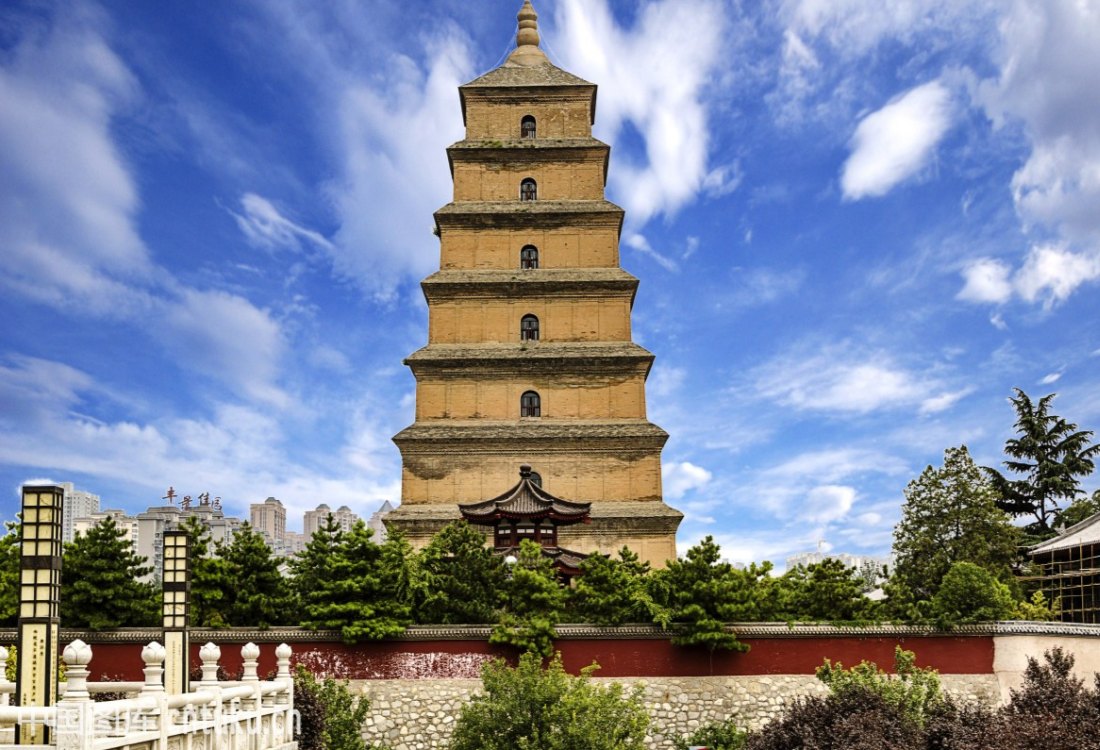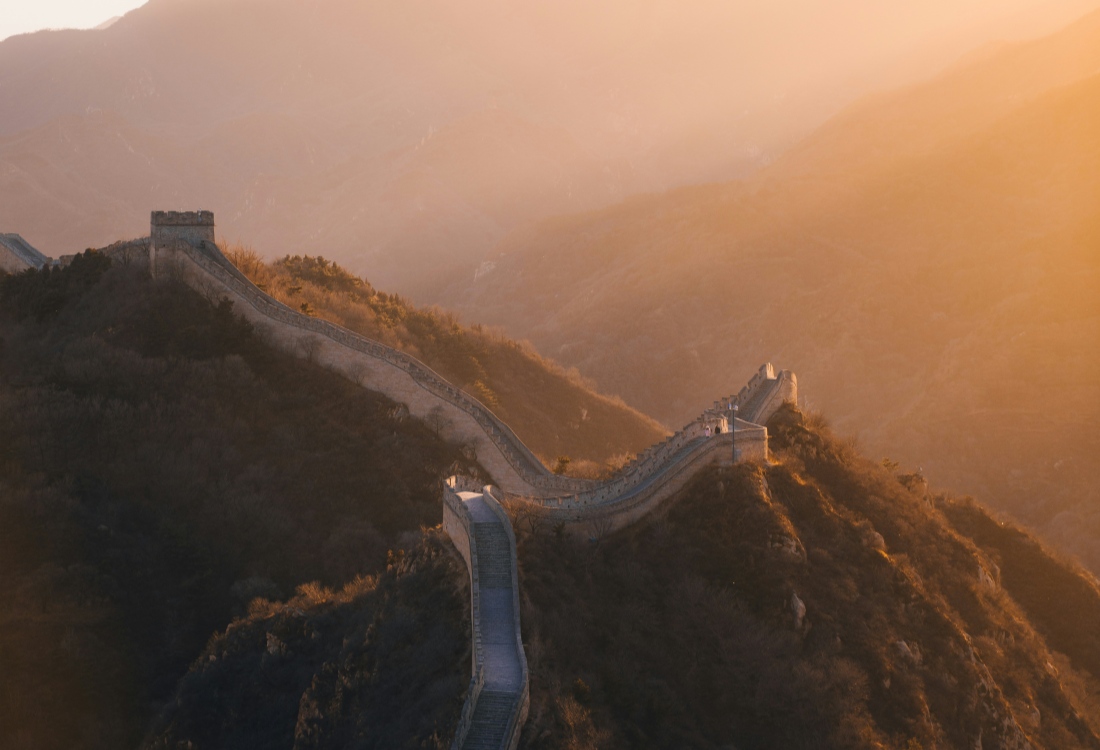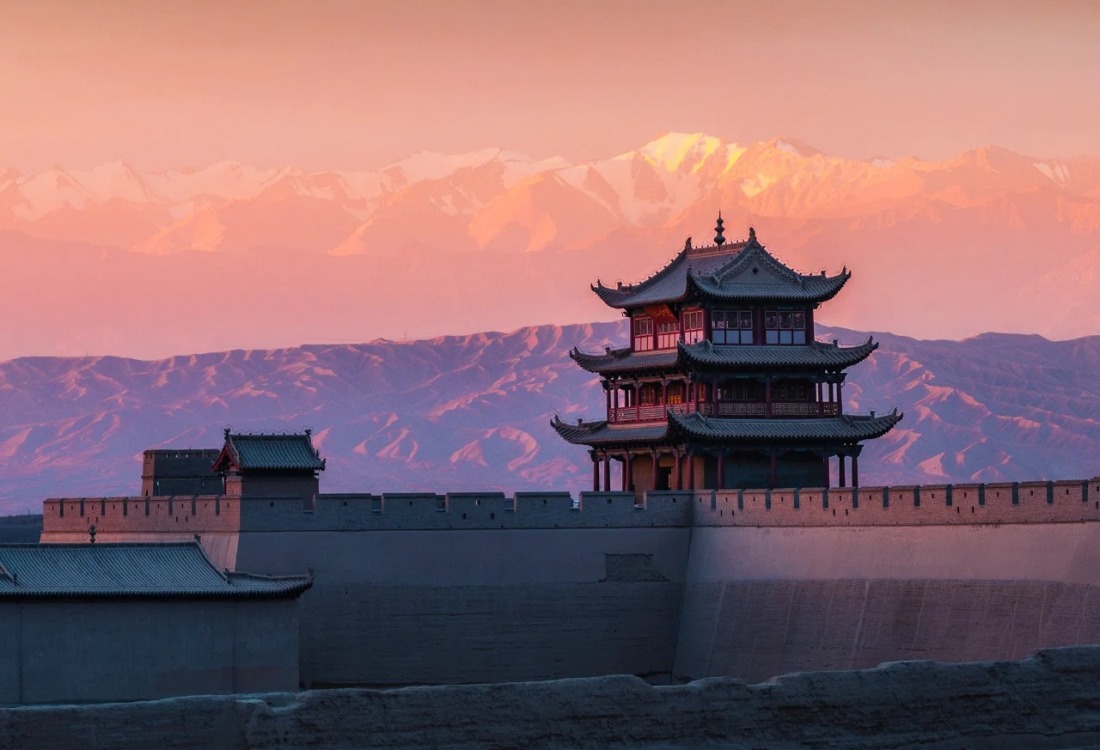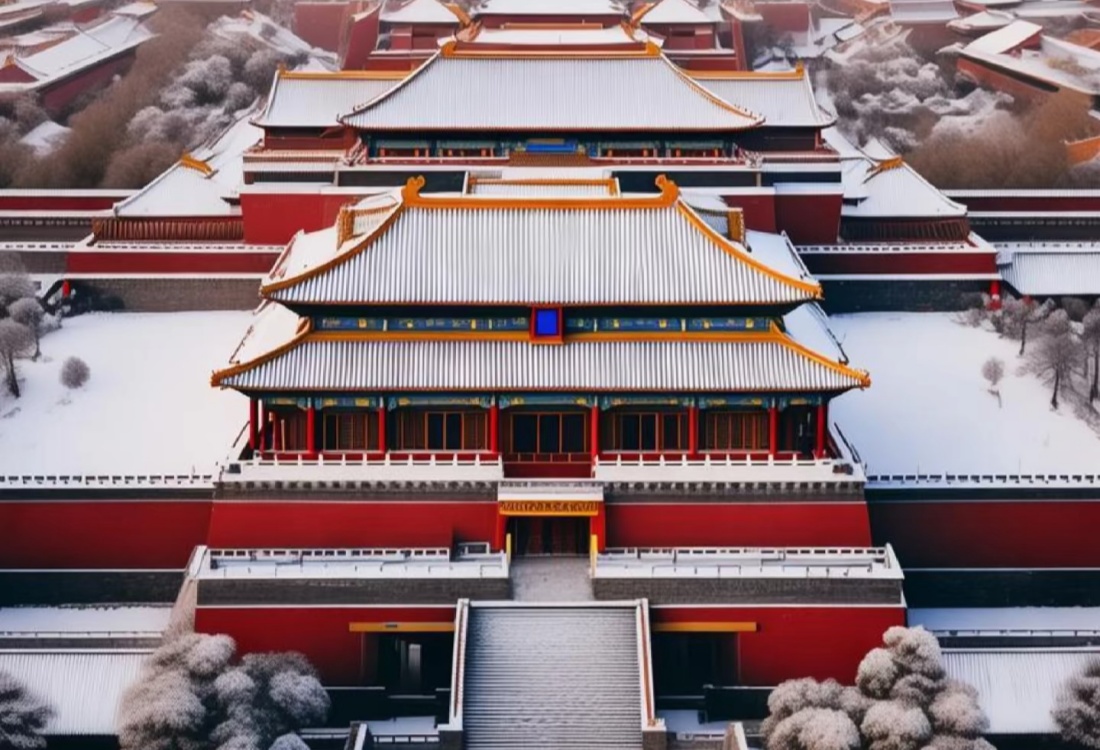Table of Contents
ToggleAs one of the Four Great Ancient Capitals of China, Xi’an is a living museum that takes visitors back through thousands of years of Chinese civilization. From imperial wonders to ancient religious sites, Xi’an’s historical relics are unmatched in scale, diversity, and historical significance. Whether you’re a history buff or a curious traveler, here are the must-see landmarks in Xi’an that bring the glory of ancient China to life.
Terracotta Warriors: The Eighth Wonder of the World
- Discovered in 1974, the Terracotta Army is arguably Xi’an’s most famous archaeological site and one of China’s most significant historical treasures. Located just 40 km from the city center, this UNESCO World Heritage Site was built to guard the tomb of Emperor Qin Shi Huang, the first emperor of a unified China.
- Thousands of life-sized warriors, horses, and chariots—each with distinct facial features—stand in military formation across three massive excavation pits.
- Don’t miss the museum nearby, which explains the history and craftsmanship behind this massive undertaking. Visiting the Terracotta Warriors in Xi’an is an awe-inspiring window into the might and vision of the Qin Dynasty.
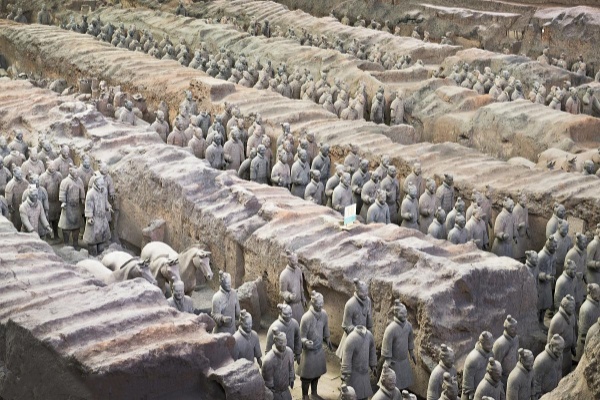
Big Wild Goose Pagoda: A Spiritual Symbol of Tang Dynasty Xi’an
- Originally built in 652 AD during the Tang Dynasty, the Big Wild Goose Pagoda is a sacred Buddhist site and a symbol of Xi’an.
- It was constructed to house the scriptures and relics brought back from India by the monk Xuanzang, whose epic journey inspired the classic novel Journey to the West.
- Standing 64 meters tall, the pagoda offers panoramic views of the city from its top floor. Visitors can explore the surrounding Da Ci’en Temple, tranquil gardens, and musical fountain shows in the evening. It’s a spiritual and historical cornerstone of Xi’an’s Buddhist heritage.
Ancient City Wall: Walk Along Xi’an’s Time-Honoured Fortification
- The Ancient City Wall of Xi’an is one of the best-preserved in China and one of the few that completely encloses a city center.
- Originally built in the Ming Dynasty (14th century) on Tang-era foundations, this 13.7-kilometer-long wall provides an immersive experience into medieval military architecture.
- You can walk or rent a bike atop the wall, enjoying stunning views of old and new Xi’an. Along the way, you’ll encounter ramparts, watchtowers, and city gates, each whispering tales of the city’s imperial past.
- Visiting the City Wall is a must-do in Xi’an and a great way to absorb its historical vibe.

Bell Tower & Drum Tower: Icons of Ancient Xi’an City Centre
- Standing in the heart of downtown Xi’an, the Bell Tower and Drum Tower are symbolic timekeepers from the Ming Dynasty. The Bell Tower, dating back to 1384, once rang at dawn to mark the day’s start, while the Drum Tower signaled nightfall.
- Both towers now house museums and performance halls, offering cultural showcases like traditional drum music. Their beautiful architecture—complete with intricate carvings and glazed tiles—reflects classic Chinese design and gives a glimpse into the city’s historical rhythm.
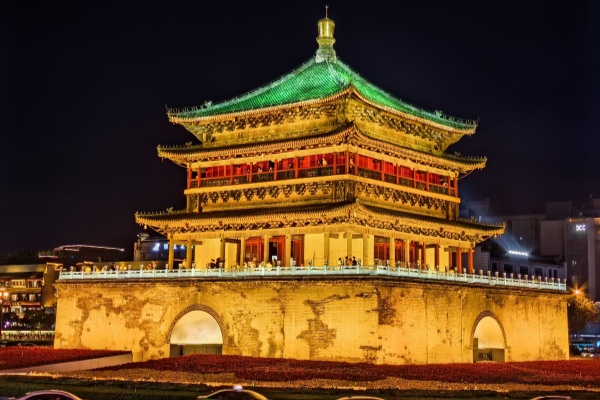
Daming Palace and Tang Dynasty Ruins Park
- The Daming Palace National Heritage Park is the former royal residence of Tang emperors and a lesser-known but historically rich site in Xi’an. Covering over 3 square kilometers, it once rivaled the Forbidden City in scale and political importance.
- Today, visitors can explore reconstructed palace halls, archaeological sites, and interactive exhibitions. It’s a place where you can truly understand Tang Dynasty urban planning, imperial life, and cultural achievements in poetry, music, and diplomacy.
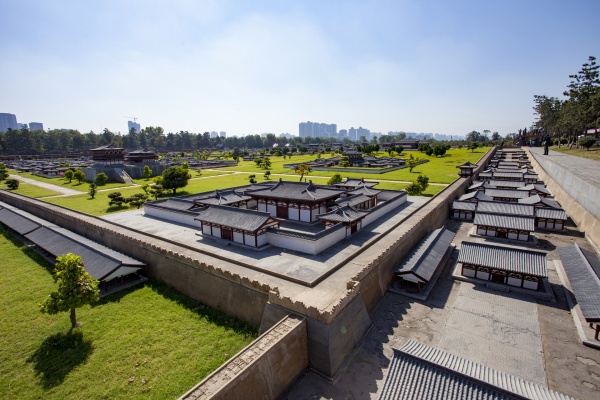
More Historical Treasures in Xi’an
- Small Wild Goose Pagoda: A quieter, more serene counterpart to the Big Wild Goose Pagoda, with beautiful gardens and a museum on ancient Chinese printing.
- Stele Forest Museum: Home to thousands of stone tablets inscribed with Confucian classics, Buddhist scriptures, and calligraphy masterpieces.
- Hanyangling Mausoleum: The tomb of Emperor Jing of Han, featuring glass walkways over burial pits and lifelike figurines.
- Great Mosque of Xi’an: One of the oldest mosques in China, reflecting a unique blend of Chinese and Islamic architecture, located in the bustling Muslim Quarter.
With a history spanning over 3,000 years, Xi’an is a dream destination for lovers of Chinese heritage. Its ancient relics—from imperial tombs to religious temples—offer deep insights into the cultural, political, and spiritual life of ancient China. Whether you’re gazing at the Terracotta Warriors or cycling along the City Wall, every step in Xi’an is a journey through time.
Plan your Xi’an historical tour today and experience where China’s story began!

